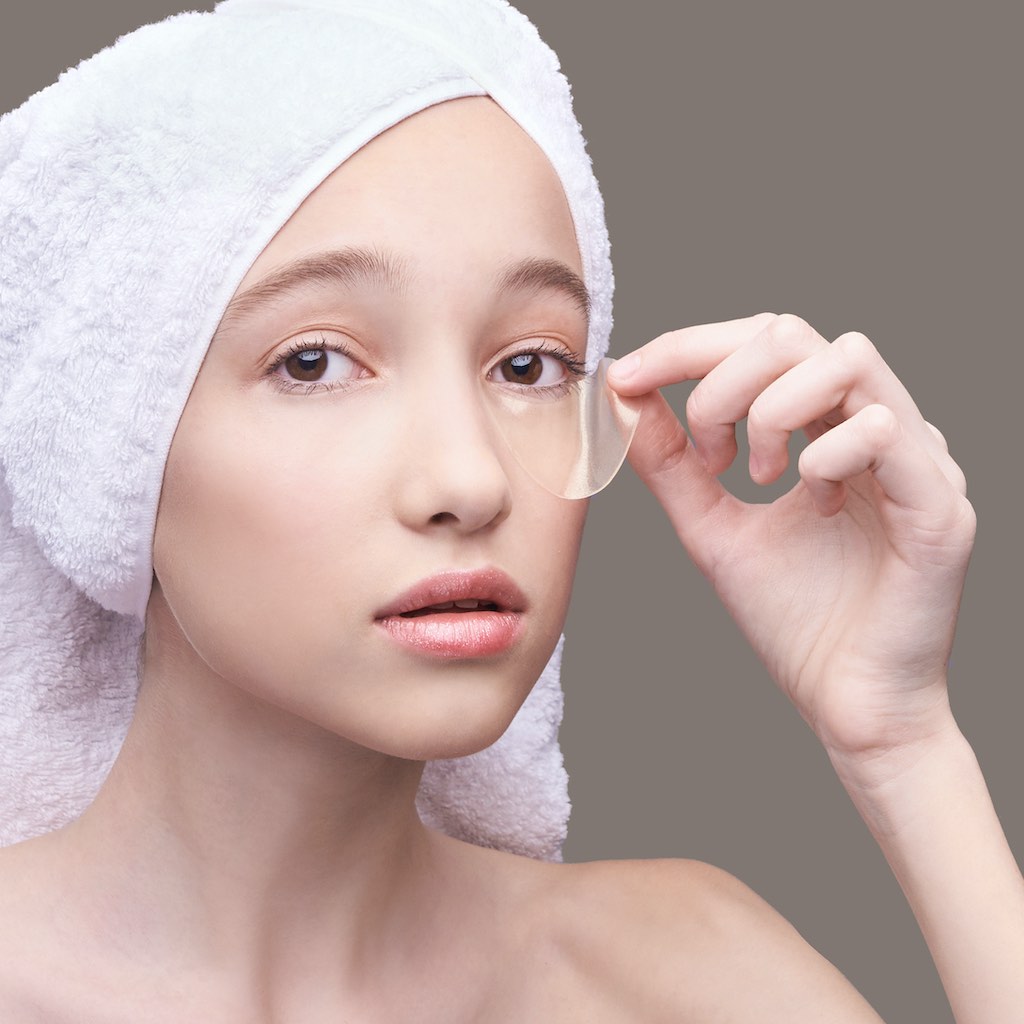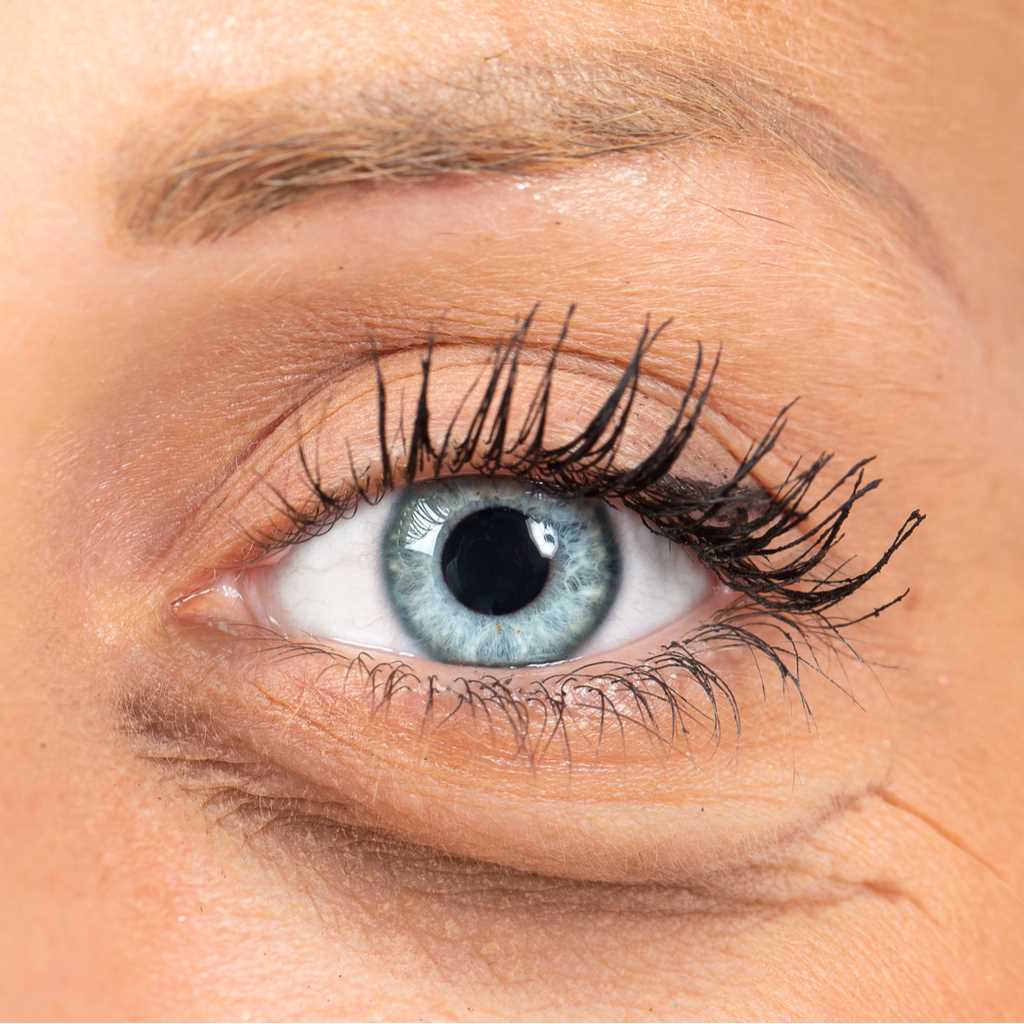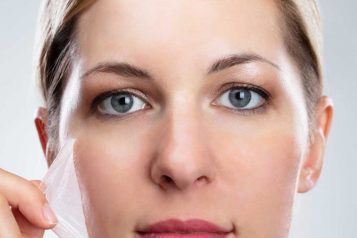Dr. Johnson Lee is an award-winning board-certified plastic surgeon in Beverly Hills, California with his practice JCLMD Plastic Surgery. He is a graduate of the Johns Hopkins University School of Medicine and one of a few plastic surgeons in the country who completed an integrated residency in Plastic and Reconstructive Surgery and pursued further training in Oculoplastic and Aesthetic Surgery under world-renowned plastic surgeon Dr. Mark Codner. This unique combination of experiences has given him the knowledge and skills to become the premier Beverly Hills plastic surgeon specializing in aesthetic eyelid and facial surgery.
Haute Beauty sat down with Dr. Johnson Lee to learn more about all of his options to treat under-eye bags.
 Photo Credit: Shutterstock
Photo Credit: Shutterstock
HB: What options do you offer to treat under-eye bags?
There non-surgical and surgical options for undereye bags. For mild undereye bags, an injectable filler is placed just below the eye bag. Lower Blepharoplasty or Eye bag surgery is a very popular and more permanent option in which the fatty bags below the eyes are removed or repositioned and the eyelid-cheek junction is smoothed out for a younger more refreshed look.
HB: How do the treatments work?
When fillers are used, injectable hyaluronic acid is injected along the bottom of the bag to temporarily blend the bags away and smooth the junction along the upper border of the cheek.
There are two surgical approaches to treat eye bags. The external approach uses an incision just along the lash line which disappears into a natural crease. This approach allows the removal of extra skin and tightening of the eyelid if necessary and more extensive lifting of the area around the eye. The internal or transconjunctival approach uses an incision behind the eyelid. This incision is completely hidden and therefore often preferred if extra skin or sagging is not an issue.
HB: What makes a good candidate for an undereye bag treatment?
Candidates for injectable fillers include anyone looking to avoid the time, cost, or recovery of surgery and are willing to come back for touch-ups once or twice a year. Injectable fillers are best for patients with mild eye bags. Overfilling the area to hide larger eye bags can give patients a puffy and overly “done” or shiny look.
The best candidates for surgery are patients who have prominent eye bags and/or deep tear troughs. Younger patients with good skin elasticity and minimal excess skin are the best candidates for the internal approach. Older patients or patients with extra skin and weak support of the eyelid may be better served with the external approach.
 Photo Credit: Shutterstock
Photo Credit: Shutterstock
HB: What is recovery like?
After injectable fillers, patients have no downtime but may have some local bruising and swelling that is usually gone within the first week. Ice and supplements such as arnica and bromelain can minimize these side effects
After surgery, patients should expect one week of bruising and one additional week of swelling. Most people are fine to go back to their daily living within the first week as wearing glasses can help hide the fact that they had surgery. Some patients may experience early eye irritation or dry eye sensitivity but this is expected to resolve as the inflammation resolves. Patients are given both topical and oral antibiotics to minimize the risk of infection. Depending on the surgical approach, a few sutures may need to be removed in the office after one week.
HB: How much does it cost?
Injectable fillers cost $500-$1,000 depending on the type and amount of filler used. Patients should expect to pay for touch-ups every year to maintain their look. Surgery is expectedly more costly and can go from $5000 and upwards depending on the type of anesthesia used and the level of complexity and duration of the surgery. With undereye bag surgery, additional techniques can be performed at the same time for more dramatic effects such as fat transposition to blend the tear troughs or even a midface lift to pull up on a saggy cheek. The results are more long-lasting with surgery as it reverses the aging process for a more youthful look.
For more information, visit Dr. Brian A. Levine's social media:

























